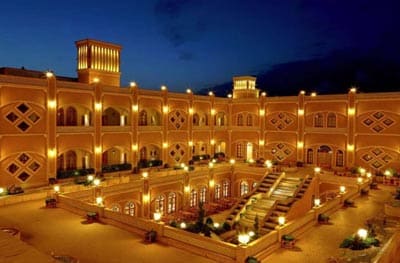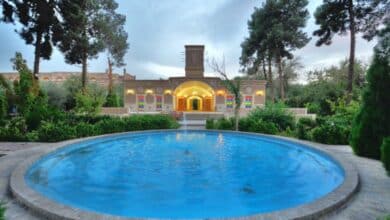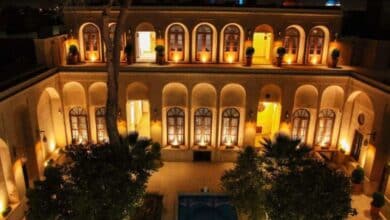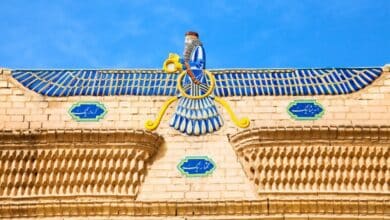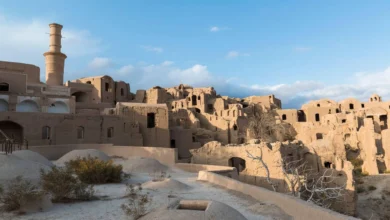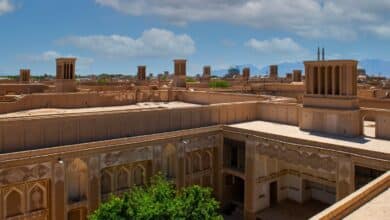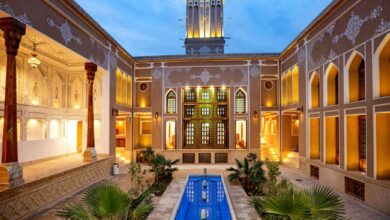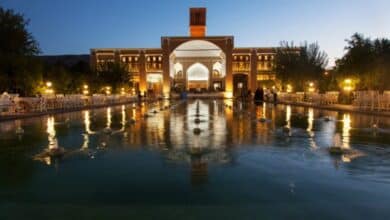The Yazd Qanat System: A Marvel of Ancient Engineering
Qanat: Ancient Waterways That Shaped Civilization

In the dry and arid regions of Iran, the qanat system has been the lifeline of communities for over 2,500 years. This ancient water channeling technique, originating in Persia, provided the critical water supply needed for both agriculture and daily life. Without it, life in the deserts would have been almost impossible. As global water scarcity becomes a growing concern, the Yazd Qanat system is a fascinating historical example of how ancient civilizations tackled similar challenges.
Contents
What is a Qanat?
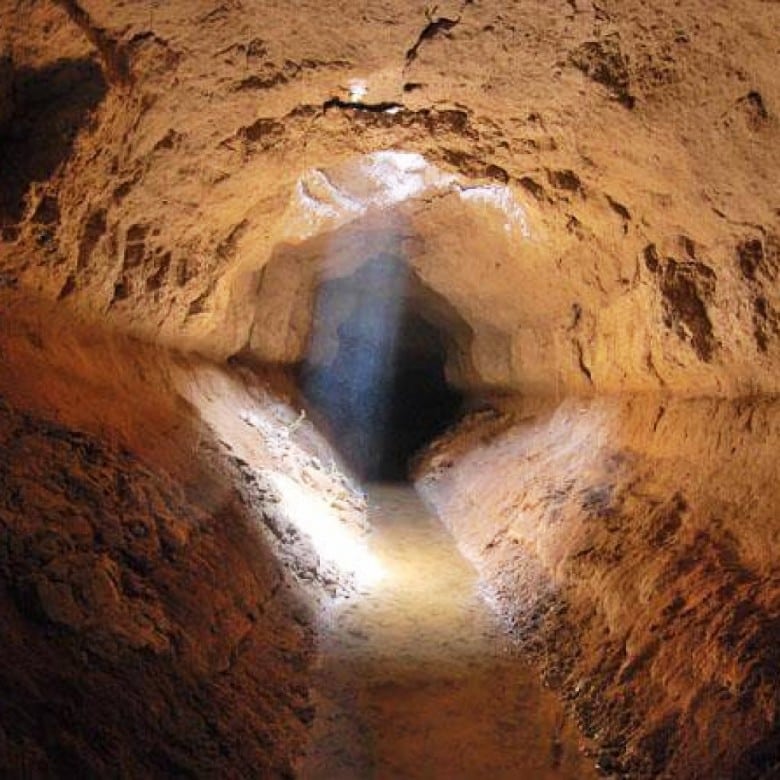
A qanat is a series of carefully engineered underground tunnels that bring water from an aquifer at the foot of a mountain to the surface, sometimes over vast distances. The gently sloping tunnels, lined with vertical shafts, ensure that water flows continuously, even in the harshest climates. This ingenious system, first developed by the Persians in the 1st millennium BC, spread across the world to places as far as China and North Africa.
One of the most interesting things about qanats is that they are built entirely by hand, a painstaking process that could take years to complete. Workers, known as muqannis, passed their craft down from generation to generation, perfecting the art of digging these complex tunnels without the help of modern machinery.
The Origins of the Yazd Qanat System
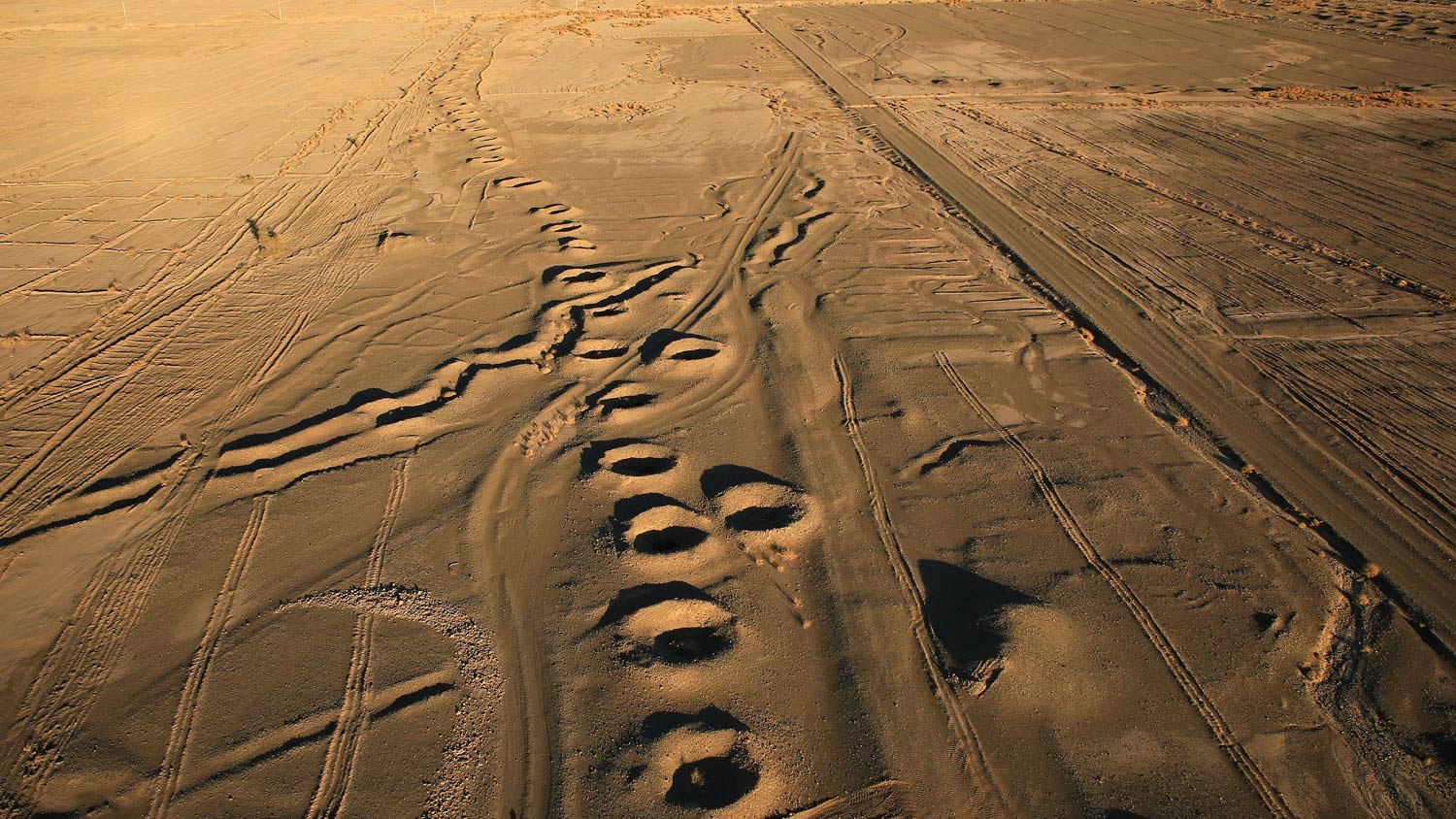
Located 270 km southeast of Isfahan, Yazd is famous for its desert architecture and extreme climate. Summers here are unforgiving, with temperatures often exceeding 40°C (104°F). Despite these challenges, Yazd has thrived for centuries, thanks to its sophisticated qanat system.
What makes Yazd particularly remarkable is how its architecture has been influenced by the qanats. The city’s famous windcatchers, or Badgirs, help cool the homes using the water from the qanats. The city’s layout itself is shaped by the flow of underground water, with streets and neighborhoods built around qanat access points, ensuring that homes and farms are always close to a fresh water supply. Even today, Dowlat Abad Garden, a UNESCO World Heritage Site, is fed by a qanat and boasts the tallest windcatcher in the world at 33 meters.
Types of Yazd Qanat Systems
Qanat-e Zarch: The Longest Qanat in the World
One of the most fascinating qanats in Yazd is Qanat-e Zarch, stretching over 80 kilometers, making it the longest qanat in the world. Built over 2,500 years ago, this underground marvel still provides water to the city. Imagine walking through the narrow tunnels of this qanat, where water has been flowing continuously for millennia—a testament to the brilliant engineering skills of ancient Persians.
Qanat-e Mullah Ismail
Qanat-e Mullah Ismail is named after its visionary builder, Mullah Ismail, who was both a religious leader and an architect. This qanat is particularly known for its well-ventilated rooms and cool underground chambers, which provided both water and a refuge from the desert heat. This ancient design continues to inspire sustainable architecture in desert environments around the world.
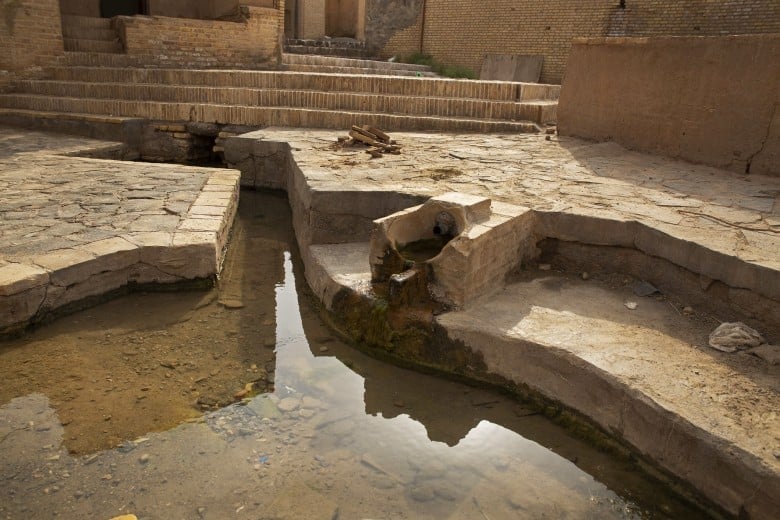
Qanat-e Fahraj
Located in the Fahraj area, this qanat is renowned for its complex construction and longevity. It has supported nearby villages for centuries, highlighting the community’s reliance on these systems for both domestic use and farming.
Qanat-e Haj Agha Ali
Built with precision to ensure effective water distribution, Qanat-e Haj Agha Ali is named after its patron, Haj Agha Ali, who was instrumental in financing the construction. It has long helped irrigate local gardens and farmland, enabling agriculture to flourish in one of the most inhospitable climates on earth.
How Qanats Shaped Yazd’s Urban Landscape
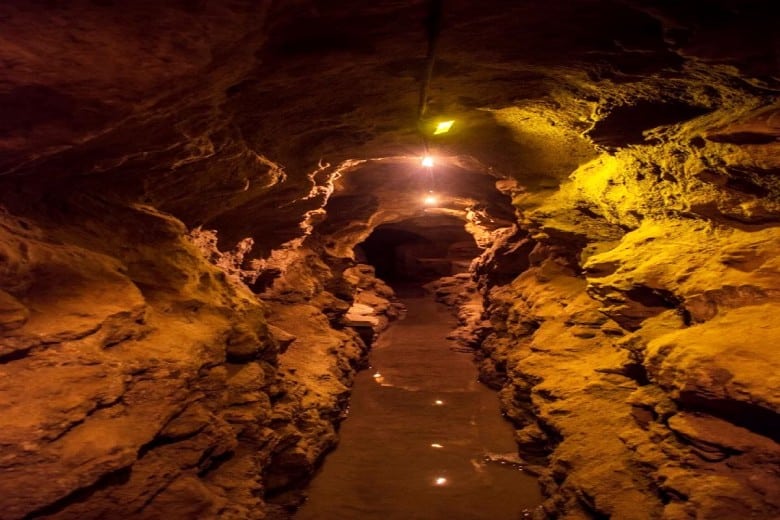
The Yazd qanats have played a crucial role in shaping the city’s growth and structure. Instead of expanding outward, Yazd grew along the qanat lines, with houses and farms clustered around access points. This allowed for efficient water distribution and management, critical in such an arid environment.
The city’s iconic windcatchers, tall towers that funnel cool air into homes, work in tandem with the qanats. By harnessing the water’s cooling properties, they help maintain a bearable temperature inside homes during the scorching summer months. The combination of qanat water and windcatchers made evaporative cooling possible long before modern air conditioning existed.
Interestingly, the Dowlat Abad Garden in Yazd, a lush paradise in the middle of the desert, still relies on the qanat system to thrive. The garden’s pavilions and courtyards were designed to maximize the cooling effects of both the qanats and the windcatchers, showcasing how Persian architecture was designed with sustainability in mind.
The Role of Qanats in Water Management

Beyond their architectural influence, qanats transformed how water was managed in Yazd. These systems enabled sustainable water use, ensuring that every drop of water was utilized effectively. Water from the qanats was shared across communities, fostering a sense of cooperation and communal responsibility.
Unlike surface irrigation systems that suffer from evaporation, qanats deliver water underground, minimizing loss and ensuring a steady supply year-round. This method of water conservation is still studied by modern engineers as an example of effective water management in dry regions.
Promoting Qanats as Cultural Heritage
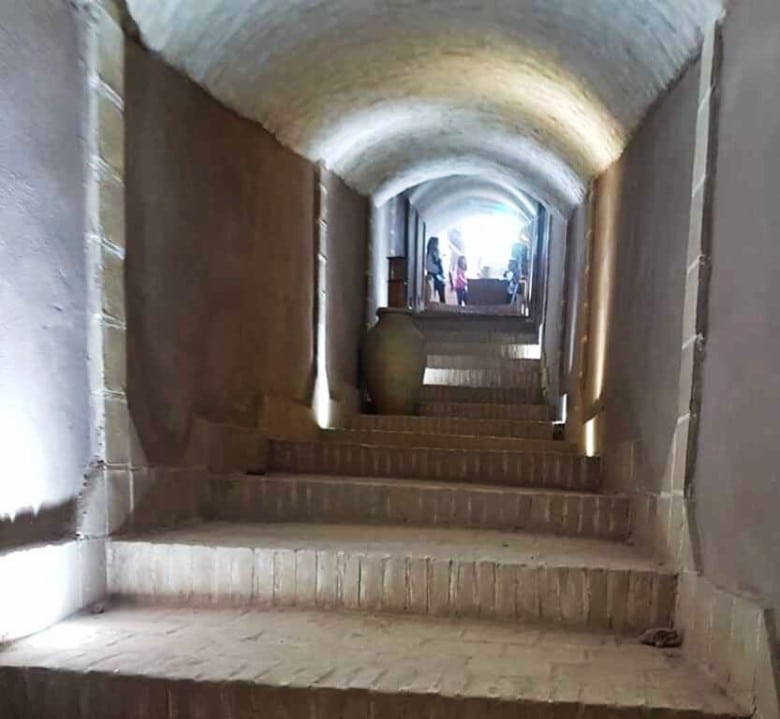
Qanats are not just functional structures; they are a symbol of Iran’s rich cultural history and innovative spirit. Highlighting their significance can promote cultural tourism, attracting visitors who are interested in ancient engineering marvels. The historical and architectural value of qanats offers a unique travel experience that goes beyond typical sightseeing.
The preservation of these ancient systems can also drive economic growth in Yazd. Tourists drawn to the unique architecture and functioning qanats often seek out guided tours, local crafts, and authentic Iranian experiences. This supports local businesses, from restaurants and hotels to artisans creating traditional handicrafts like Persian carpets and pottery.
In recent years, there has been a growing interest in eco-tourism and sustainable travel. The qanat system fits perfectly into this niche, as it represents an environmentally friendly approach to water management that has lasted for centuries.
Book Iran Flights
Buy Iran flight tickets at the lowest price
Explore Iran’s culture and history with affordable and reliable flight tickets.
Did You Know?
- Yazd is home to over 3,000 qanats, many of which are still operational today.
- The construction of qanats required a high level of geological knowledge. The workers, called muqannis, were skilled at reading the landscape and finding the best places to dig for water.
- Windcatchers combined with qanat water create a natural form of air conditioning, cooling buildings by as much as 10°C.
- The Yazd qanats are part of the UNESCO World Heritage list, recognized for their contribution to sustainable urban water management.
Final Thoughts on the Yazd Qanat System
The Yazd qanat system is a stunning example of how ancient ingenuity can solve modern challenges. These underground tunnels not only provided a lifeline to communities in desert regions, but they also transformed urban planning and architecture. As climate change increases water scarcity around the globe, there is much that modern engineers can learn from this ancient system. The preservation of these qanats is crucial for future generations, both as a cultural treasure and a source of inspiration for sustainable living.
FAQs
What Is The Qanat System In Yazd?
The Yazd Qanat System is an old way of bringing water from underground aquifers to the surface in the dry region of Yazd, Iran. It uses a network of tubes and vertical shafts.
How Long Has The Qanat System Been Around?
The Qanat system in Yazd is one of the oldest known ways to handle water in the world, dating back more than 3,000 years.
What Makes The Yazd Qanat System Such An Amazing Piece Of Engineering?
People think the Yazd Qanat System is a miracle of engineering because it is environmentally friendly, uses natural gravity, and can bring water to one of the driest places on Earth without modern technology.
